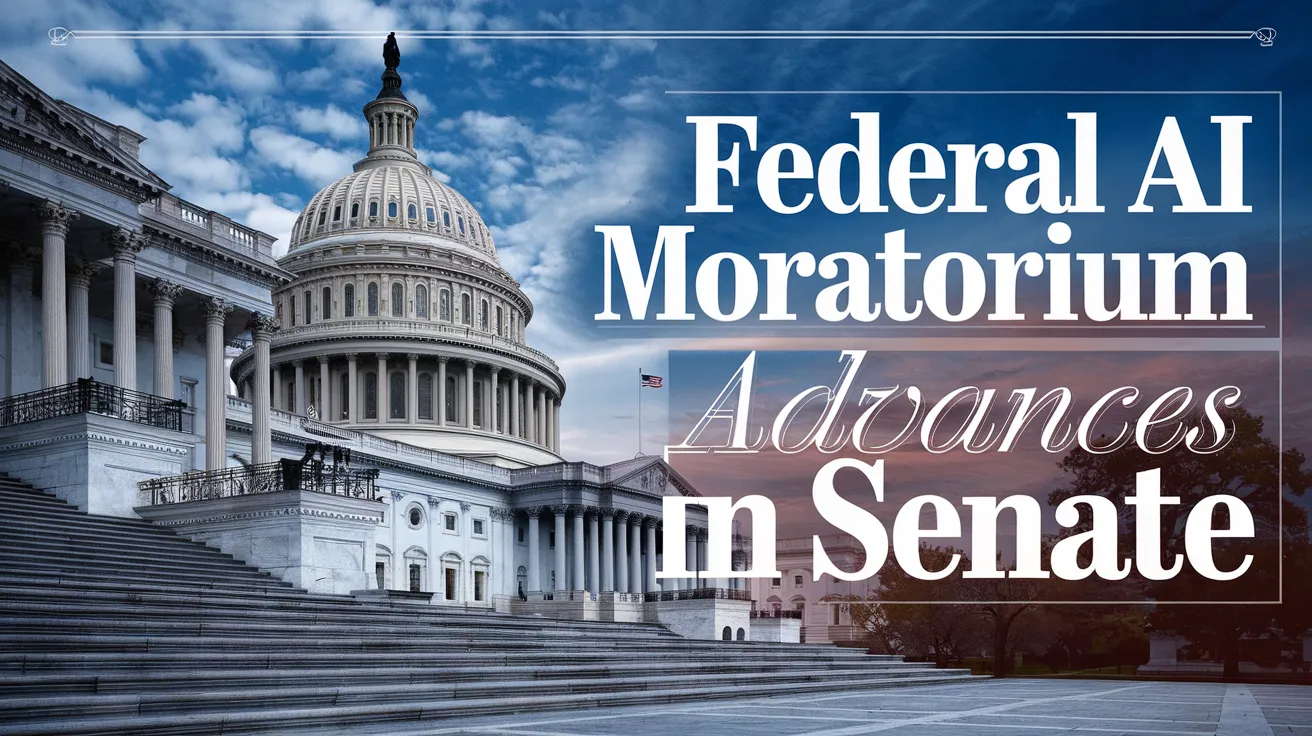Federal AI Moratorium Advances in Senate

On Saturday, the United States Senate Parliamentarian determined that a proposed 10-year federal moratorium on enforcing state AI legislation has successfully navigated procedural scrutiny, commonly known as the Byrd Rule. This ruling clears the way for the moratorium provision to advance through the budget reconciliation process with a simple majority vote, effectively shielding it from a filibuster hurdle.
The potential enactment of this moratorium represents one of the most significant federal actions in technology policy over the past several decades. This provision was advanced within the House version of the budget bill just last month.
Earlier this month, Senate Commerce Committee Republicans linked the allocation of $42 billion in funding under the Broadband Equity and Access Deployment (BEAD) program to the success of the moratorium. This political maneuver underscores the strategic importance of the bill in current legislative negotiations.
While some lawmakers support the moratorium, it has not been without opposition. Democrats have voiced concerns regarding the federal regulation of AI, and several Republican Senators, including Rick Scott (R-FL), Josh Hawley (R-MO), John Cornyn (R-TX), Marsha Blackburn (R-TN), and Ron Johnson (R-WI), have expressed doubts. Johnson, for example, highlighted the belief that states should be able to experiment with their own regulations, emphasizing the values of federalism in a diverse republic.
As the Senate deliberates on this budget bill, any differences between the Senate and House versions will require reconciliation, whether through a conference committee or via one chamber adopting the other’s proposal. This process reflects the complexity of crafting coherent technology policies in a rapidly evolving landscape.